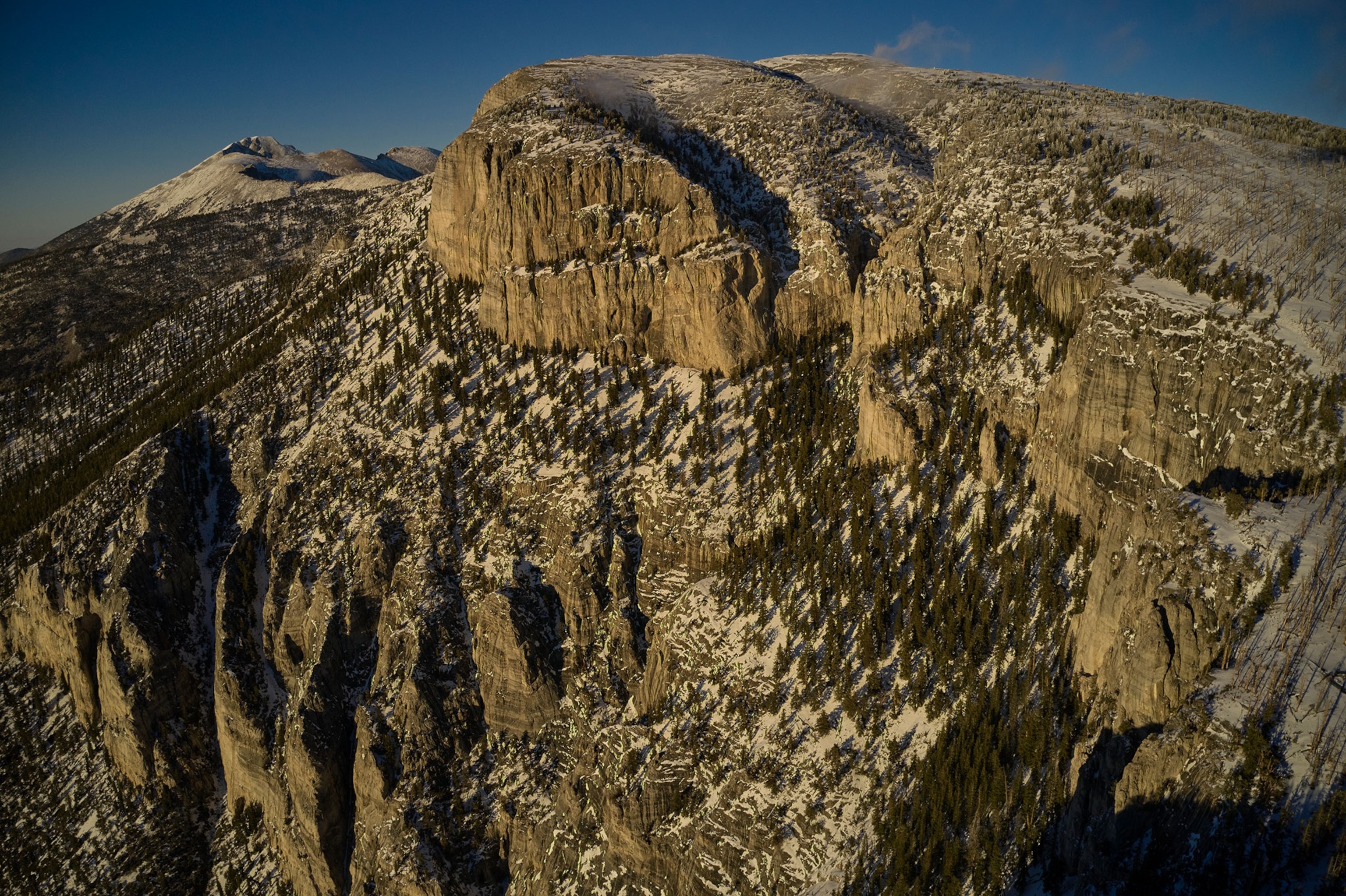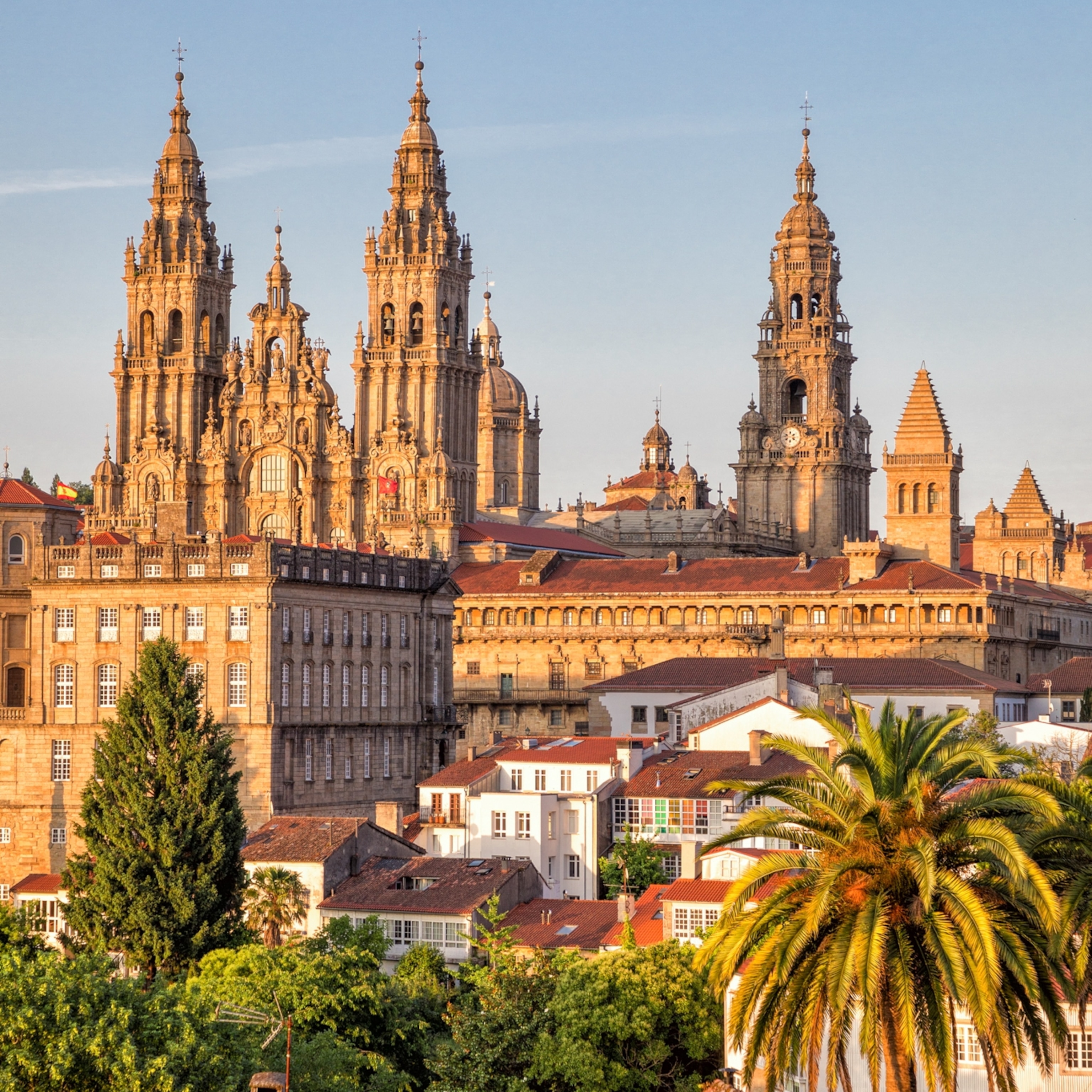Nevada, the Silver State, presents a profound duality that challenges every traveler’s expectation. On one hand lies the hyper-charged, neon-soaked epicenter of Las Vegas, an engine of global entertainment and luxury. On the other spreads the silent, vast expanse of the Great Basin Desert, a landscape defined by rugged mountain ranges, deep solitude, and the ghosts of the American West. An essential guide to Nevada must encompass both worlds, bridging the gap between high-stakes gaming and profound wilderness. This journey is one of striking contrasts, moving from the sophisticated cuisine and dazzling stage shows of the Strip to the historic mining towns, ancient bristlecone pines, and the utter quiet of the “Loneliest Road in America,” proving the state’s true spirit lies in its boundless extremes.
The Neon Epicenter: Las Vegas and the Art of Spectacle
No guide to Nevada is complete without acknowledging Las Vegas, the undisputed capital of entertainment. The city functions as a cultural marvel, a meticulously engineered environment dedicated to luxury, spectacle, and the relentless pursuit of excitement.

The essential experience extends far beyond the casino floor. Las Vegas has evolved into a world-class destination for Michelin-starred dining, featuring celebrity chef concepts that rival those in any major global city. Furthermore, the city is a powerhouse for entertainment, hosting resident headliners, arena concerts, and elaborate stage shows that set the international standard for performance art. For the discerning traveler, exploring Vegas means balancing the gaming tables with the city’s impressive museum scene, its innovative cocktail culture, and the sheer audacity of its architectural ambition—a testament to human ingenuity in the middle of the arid desert.
The Wild West Heritage: Ghosts, Gold, and Route 50
To truly understand Nevada, the traveler must venture east of the metropolis and delve into the state’s authentic, rugged history as the heart of the American mining frontier. This journey leads to the historic core of the Wild West.

The most iconic route is U.S. Route 50, famously dubbed “The Loneliest Road in America.” This stretch of highway offers an unparalleled opportunity for solitude and reflection, linking clusters of historic ghost towns like Goldfield and Tonopah, where grand historic hotels and abandoned mine shafts stand as silent monuments to the 19th-century gold and silver booms. Exploring these towns is a tangible history lesson, offering insights into the ruthless ambition and frontier spirit that forged the state. These quiet, windswept places stand in stark contrast to Vegas, embodying the raw, enduring spirit of the American interior.
The Desert Landscape: Red Rocks and Valley of Fire
Nevada’s natural beauty is concentrated in its stunning geological formations, many of which are easily accessible from the major cities, offering a quick escape into the serene high desert environment.

Southwest of Las Vegas, Red Rock Canyon National Conservation Area provides a beautiful scenic loop drive, offering access to stunning deep crimson sandstone formations perfect for hiking, climbing, and photography. The iron-rich coloring provides a striking palette against the desert sky. Further north, the Valley of Fire State Park dazzles visitors with vibrant, Aztec sandstone outcrops that appear sculpted by the wind. These parks showcase the raw power of geological time and desert weathering. Their proximity to the Strip means that a traveler can move from the manufactured spectacle of human creation to the sublime, humbling power of nature in under an hour.
Mountain Peaks and Deep Caves: Great Basin’s Solitude
The ultimate wilderness experience in Nevada lies on its eastern edge, within Great Basin National Park. This often-overlooked gem provides a critical contrast to the desert plains, showcasing the state’s dramatic elevation and ecological diversity.

Great Basin is a sanctuary for those seeking true solitude and includes some of the highest peaks in the state, offering fantastic hiking through subalpine forests. The park’s most significant feature is the groves of ancient bristlecone pines, the longest-living non-clonal organisms on Earth, some of which are over 4,000 years old. Below ground, the park protects the fascinating Lehman Caves, a complex limestone cavern system offering guided tours through stunning stalactite and stalagmite formations. Great Basin encapsulates the state’s natural extremes—from the ancient, high-altitude life forms to the dark, intricate geological structures below the surface.
High Altitude Recreation: Reno and Lake Tahoe
For travelers seeking mountainous terrain, alpine lakes, and year-round outdoor sports, the region surrounding Reno and Lake Tahoe provides the perfect balance of resort town convenience and true mountain wilderness.
Reno, often called “The Biggest Little City in the World,” offers a scaled-down, more relaxed alternative to Vegas, with a vibrant arts scene and easy access to nature. The city serves as the gateway to the western Sierra Nevada mountains. Lake Tahoe, shared with California, is a major highlight, offering world-class skiing and snowboarding in the winter and exceptional boating, hiking, and cycling during the summer months. The cobalt-blue waters and granite peaks surrounding Tahoe offer a spectacular setting for outdoor adventure, proving that Nevada’s natural offerings extend well beyond the iconic heat and flatness of its central deserts.










